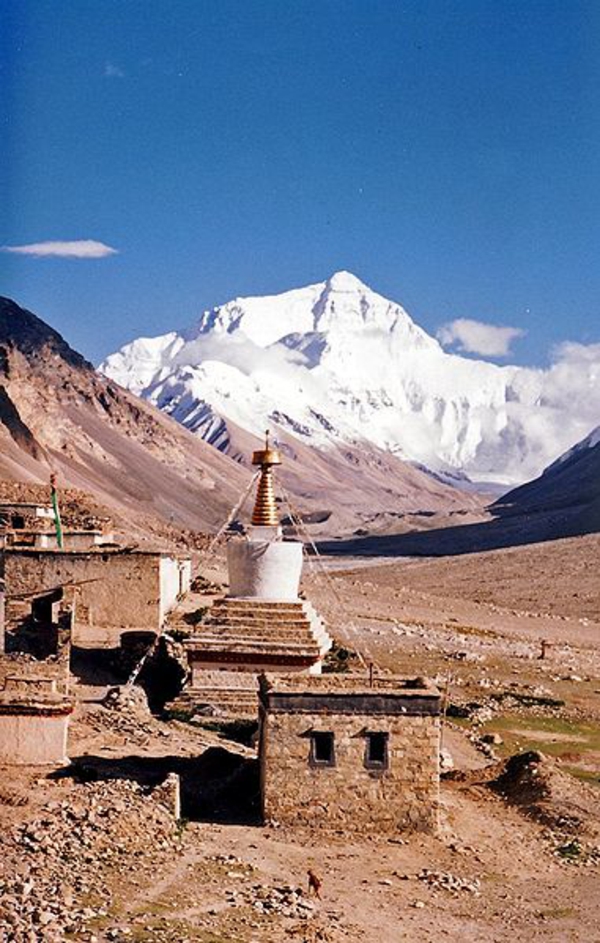It’s almost 60 years since the world’s tallest mountain, Everest, was climbed for the first time by Sir Edmund Hillary. This amazing feat seems even more incredible when you consider the lack of modern mountaineering equipment and navigation tools which are available today. Since Hillary conquered the mountain there have been more than 5,000 other successful climbs, so conquering Everest makes you a member of one of the most elite clubs on earth.

Safety
Climbing Everest is not to be taken lightly, and there have been a large number of deaths on the mountain. In 1996, 8 people died on the mountain in a single day and this incident was put down wholly to the inexperience of the climbers and very poor weather conditions. Anyone planning on climbing Everest must undertake several expeditions to other high peaks to get experience in climbing at altitude and the severe conditions which might be encountered. Companies who take organised groups up the mountain have full back up including helicopter support, medics who travel with the group and emergency equipment to deal with all eventualities.
Costs
As well as the safety considerations, climbing Everest is an expensive business. Travel and accommodation costs can run to several thousands of pounds before the climbing starts, and good quality kit such as Columbia climbing equipment, tents and oxygen cylinders can cost thousands more. People who take part in an organised group ascent of the mountain can expect to pay around £30k for guides, meals and tent accommodation. A standard travel insurance policy won’t cover you either, and for such a risky ascent this will also add to the costs.
Kit and Altitude
Most people on an organised group ascent of the mountain will have all of their kit supplied by the group leaders, but many prefer to bring their own jackets or waterproofs from brands such as Columbia outdoor clothing to use at lower levels of the climb. A team of local Sherpa guides will transport kit up and down the mountain from camp to camp, so keeping the weight to a minimum is essential. Oxygen will be required at the highest levels of the mountain, as the thin air at high altitude can lead to confusion and mistakes being made. Even walking at such high altitudes can be exceptionally tiring, and altitude sickness can affect even the fittest of climbers. Ascents have to be slow to allow climbers to acclimatize at each camp. Descents also have to be slow to allow climbers to adjust to the increasing oxygen levels as they climb back down the mountain.
Environment
So many people trekking to the top of the mountain leave their mark, and the amount of litter found on Everest is staggering. Climate change means much of the snow on the mountain has melted away, exposing the rocks underneath which are being damaged by the boots, crampons and camps of many climbers each year. Climbing Everest is therefore not something which should be undertaken lightly.
Citations:
- Image courtesy of John Hill
Trekitt offer a large range of Columbia climbing equipment which is great kit for an attempt on mountains such as Everest.

